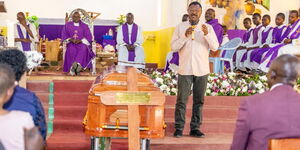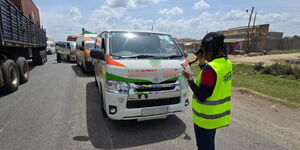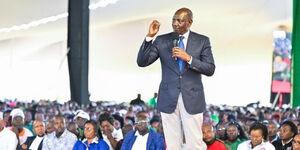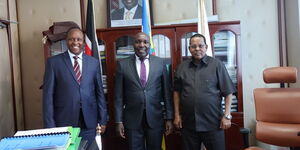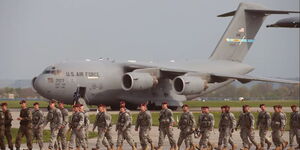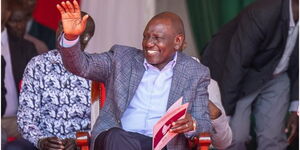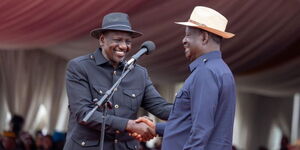The standard gauge railway from Mombasa to Nairobi stood to be one of the most expensive projects that were undertaken in the country leading to a sharp increase in the amount of loans owed by Kenyans.
In an article published by the Daily Nation on Tuesday, February 25, the government stood accused of exorbitant use of the SGR funds.
Top in the list of the questionable spending was the grass lawns at the railway stations and along some parts of the railway line that were reportedly set up at a cost of Ksh1 billion.
Despite a depiction that Chinese contractors and railway construction workers lived modest life in temporary containers during the period the railway was under construction, the government notably splashed large amounts of money on them enabling them to live lavishly.
Top on the list was the lead engineer in the project who received Ksh 5 million as money for airtime within the three years the project was on course.
This meant that even if the China Road and Bridge Corporation was on calls for 24 hours a day in the three years, the amount would not get exhausted.
The lead engineer also got the privilege of getting furniture for his office at a cost of Ksh57 million where each of his computers was bought at Ksh280,000 per computer whereas his laser jet printers were purchased at Ksh513,700.
His personal residence was also furnished at a high cost of Ksh3 million.
The Chinese experts also had an entertainment total cost of Ksh239 million within the three years of the SGR construction.
Other exaggerated prices include prices of station loudspeakers that were bought for Ksh 28,800,video cabinets for Ksh1.14 million, workshop benches for Ksh180,000 and ticketing system for Ksh8.4 million.
Portable radios also got into the high-priced items being bought at a cost of Ksh119,100 whereas digital voice recorders were bought at Ksh341,500 against a normal cost of Ksh2,000 locally.
The Chinese company also used Ksh38 million to establish a passenger guiding system, Ksh26 million for every luggage inspection system and Ksh14.6 for every security system.
Passenger monitoring systems at the stations were procured at Ksh14 million per system.
Each intermediary station also got two generators of 30kilowatts which cost Ksh4.2 million per generator.
The Chinese contractors also recommended the purchase of six welding machines per station which were only to be imported from China.
The electrical engineer at every railway station was also given a vehicle that cost Ksh4.5 million where the vehicles were shipped into the country without payment of stamp duty.
These costs were mentioned as the main reasons that made Kenya pay double for the diesel-fueled train system compared to Tanzania’s electric line.
Currently, the SGR is operating under losses with operation costs that add up to Ksh1.5 billion per month against a total revenue collection of Ksh841 million per month.
The railway line was constructed at a cost of Ksh327 billion in the first phase.

